fact

Images of Work
Six days before the Passover festival in Bethany, the sisters Martha and Mary gave a dinner in honour of Jesus who (the gospels tell us) had raised their brother from the dead. Martha worked in the kitchen while Mary sat herself down at the feet of their guest, to listen to his words. Overwhelmed by the many tasks to be done, Martha asked her sister to come and help her. “Martha, Martha,” said Jesus. “You fret and fuss about many things, but only one thing is necessary. The part Mary has chosen is the best, and it will not be taken from her.”

Identity Crises
Several years ago Ian McKay, a Queen’s University history professor, published a book called The Quest of the Folk: Antimodernism and Cultural Selection in Twentieth-Century Nova Scotia (McGill-Queen’s University Press) in which he argued that the image many of us have of Nova Scotia as a tartan-wearing, bagpipe-squealing mini-Scotland is pretty much a fabrication.

Re-hanging the National Wallpaper
When I lived in Ottawa in the 1970s, I used to enjoy passing lazy afternoons at the National Gallery looking at the pictures. I remember how surprised I was when I first encountered the Group of Seven collection. These paintings were completely familiar—I’d seen them in schoolbooks and on calendars, posters, t-shirts, everywhere—yet at the same time they were completely unexpected.
.svg)
Paper Boom: Why Real Prosperity Requires a New Approach to the Canadian Economy
This review was accepted for publication by the Vancouver Sun in January 2000, and then rejected by editors who found it "too one-sided and unfair to the bank." This is the first financial book review to be published in Geist, and is offered here in
.svg)
Outwitting History: The Amazing Adventures of a Man Who Rescued a Million Yiddish Books
Yiddish is a language of survival. Although spoken by only five percent of the world's population, it's one of the seven most widespread languages, spoken in every corner of the globe. In Outwitting History: The Amazing Adventures of a Man Who Rescue








.svg)















































.jpg)
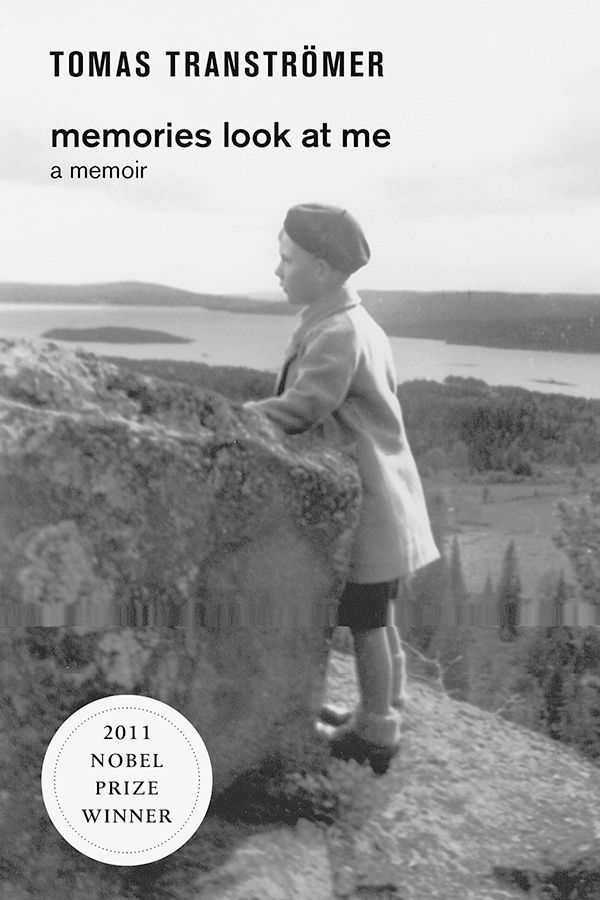
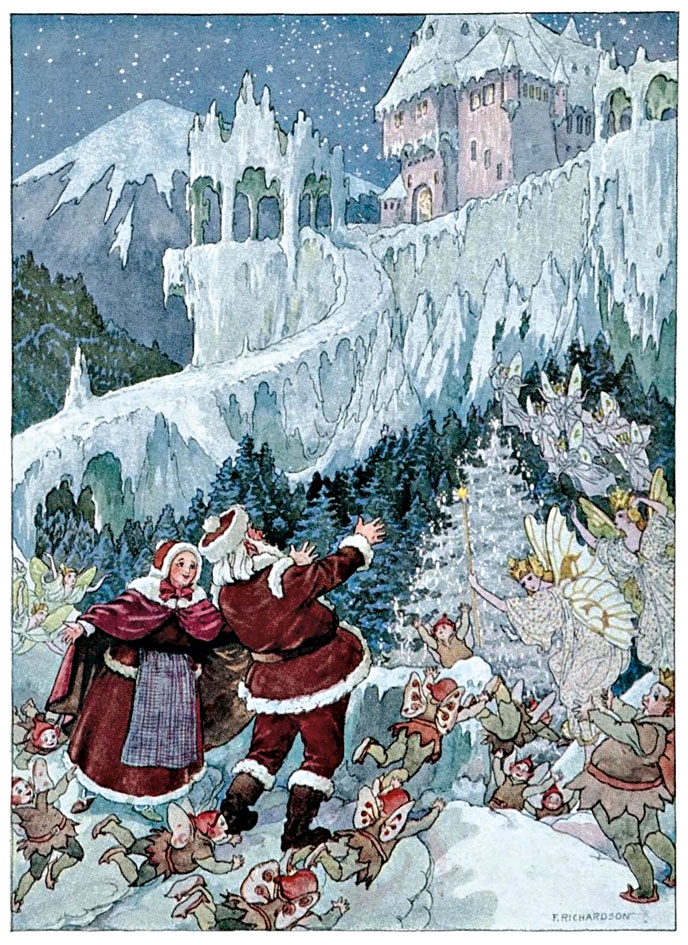
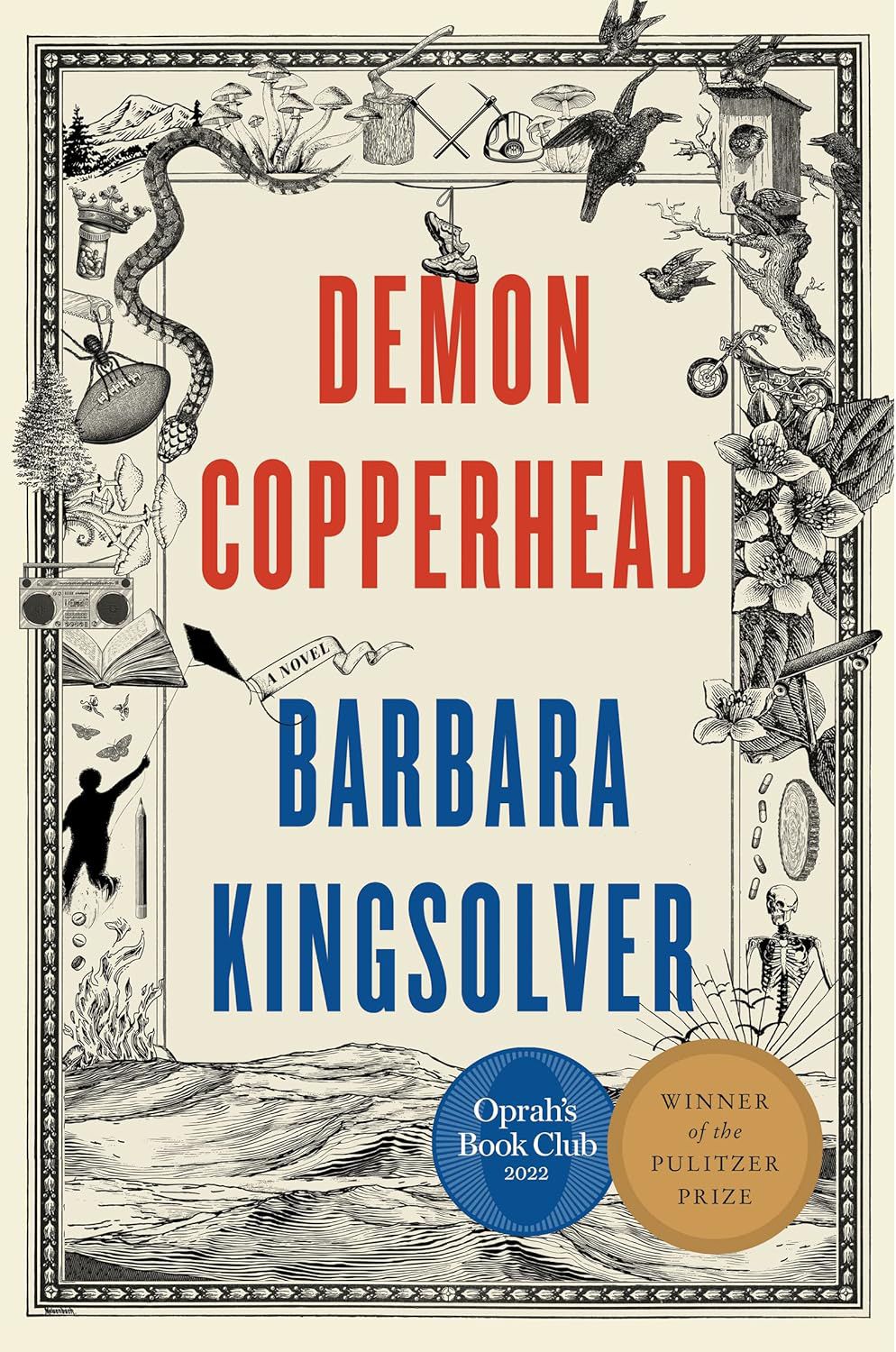



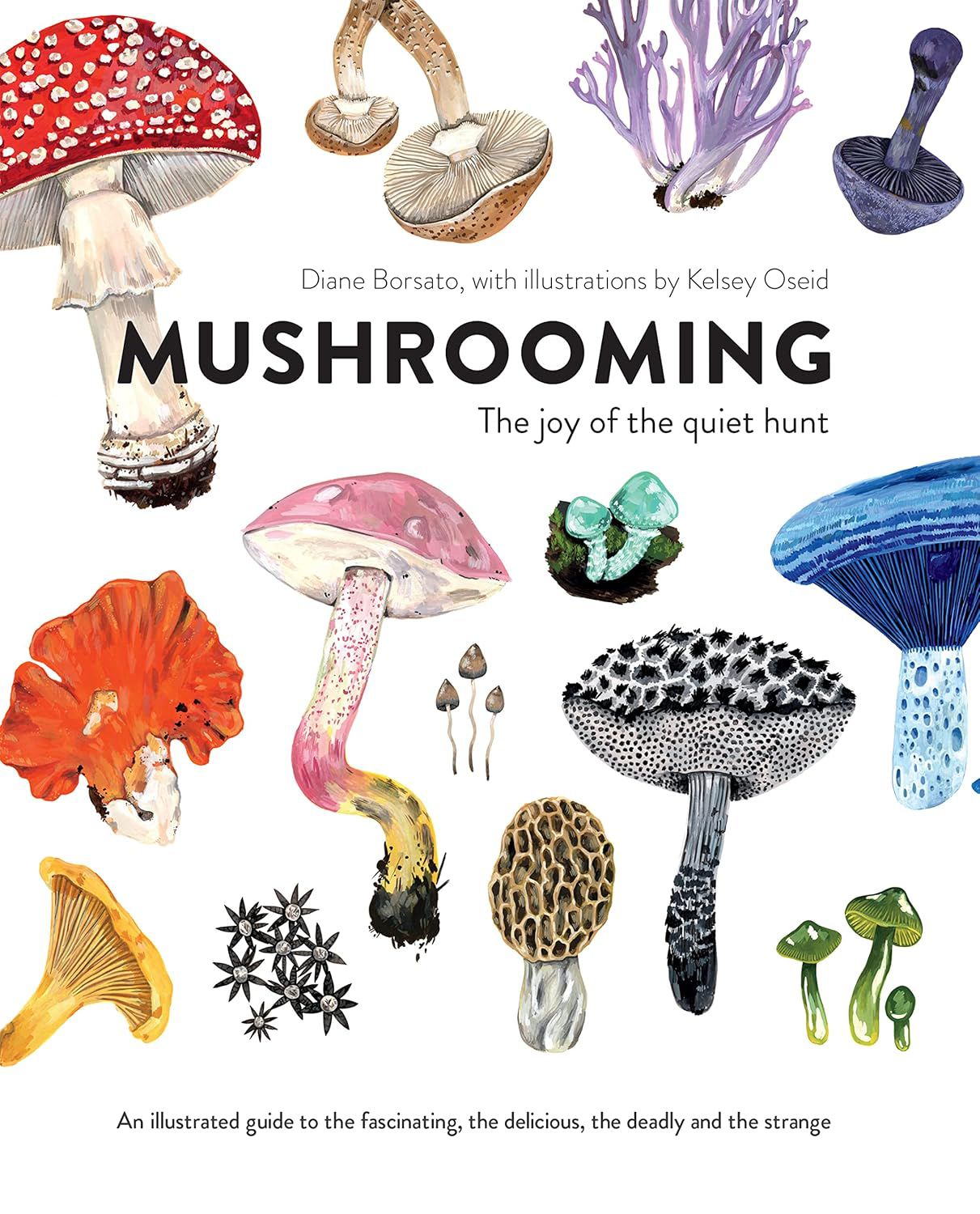

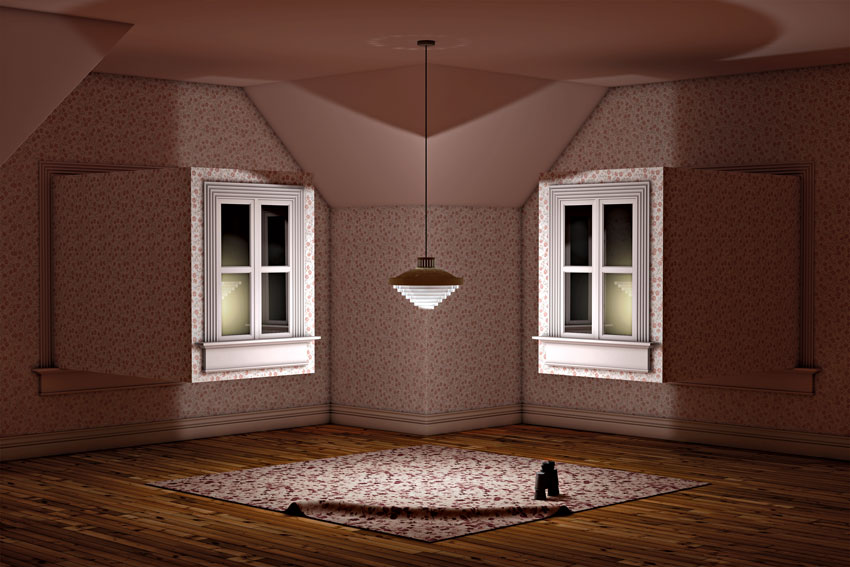
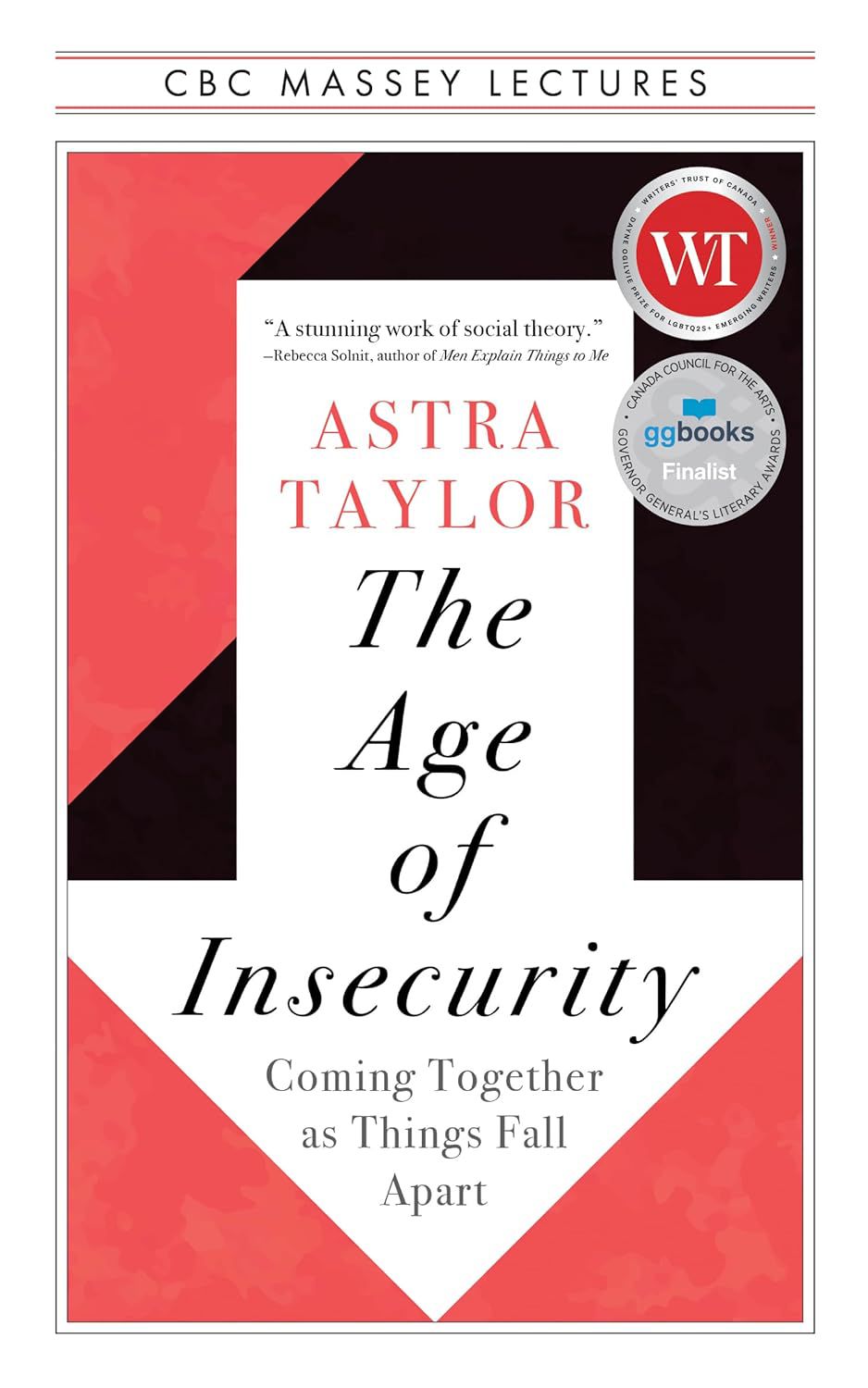
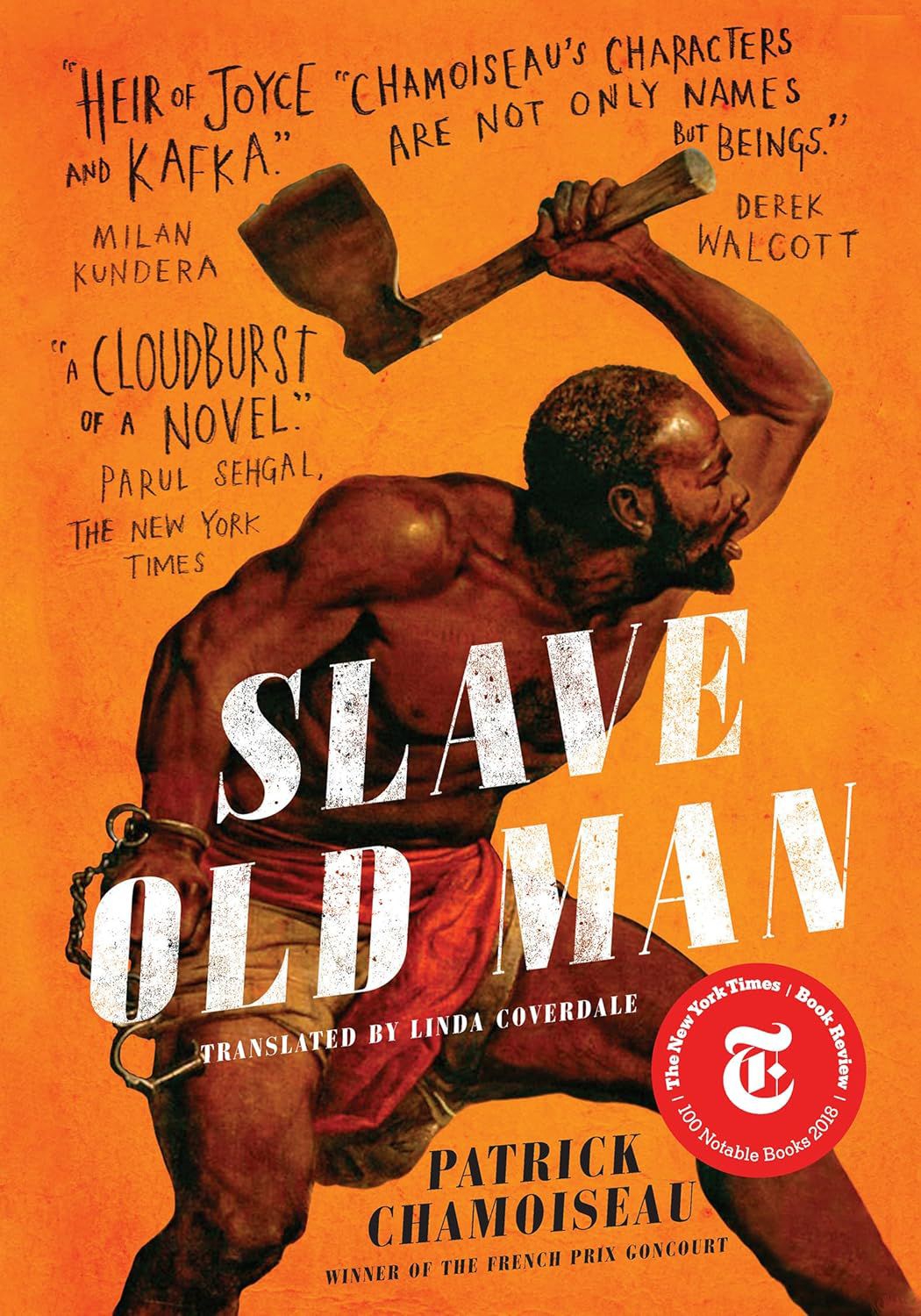
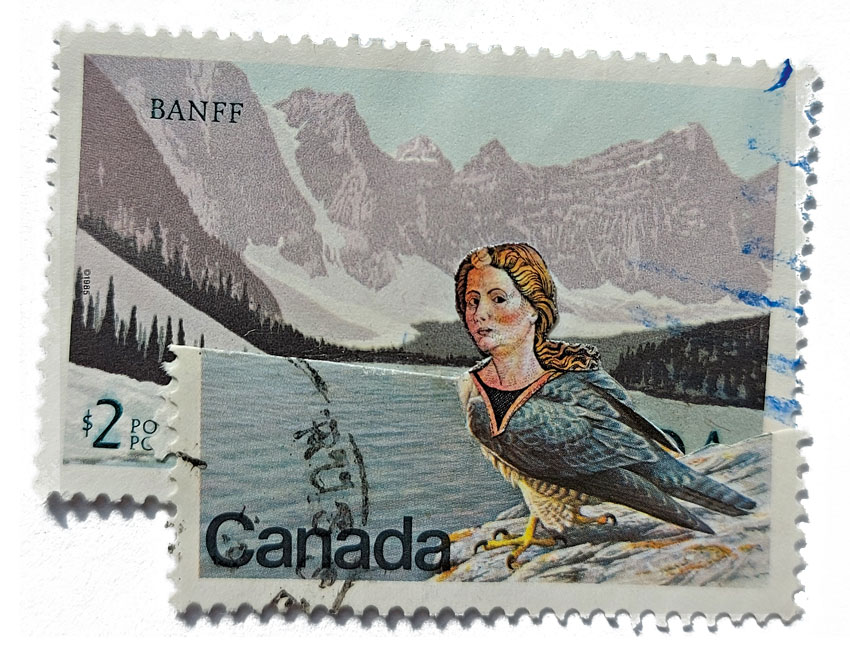
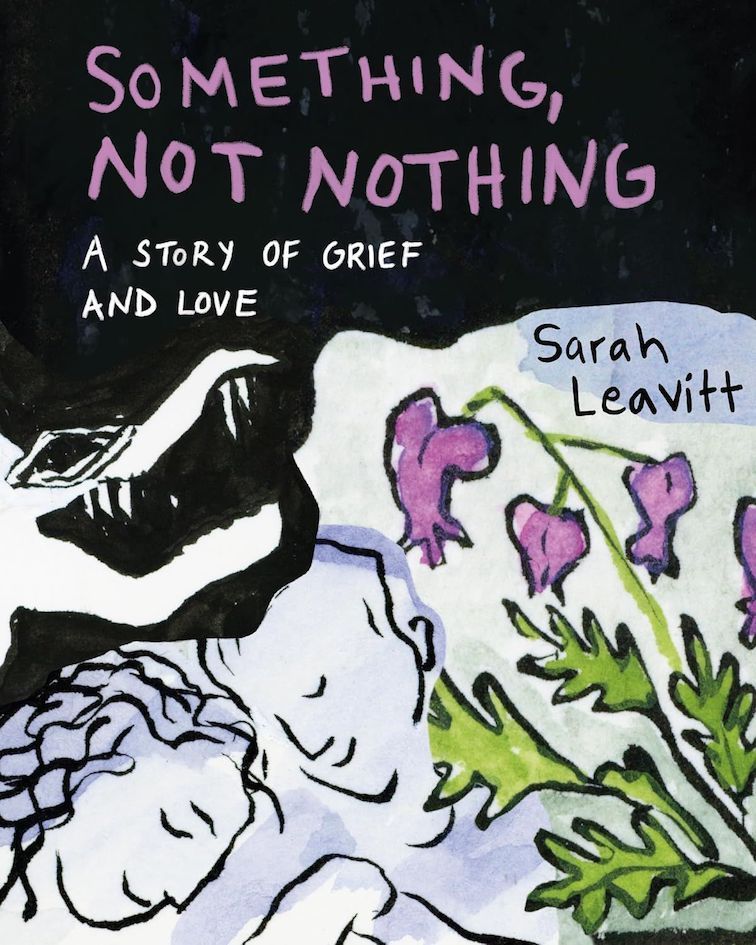
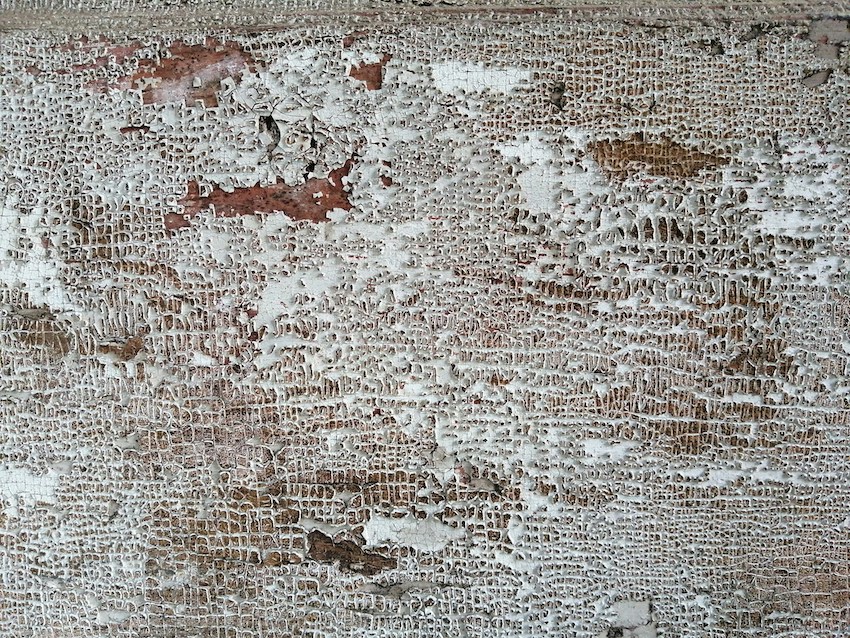








.jpg)